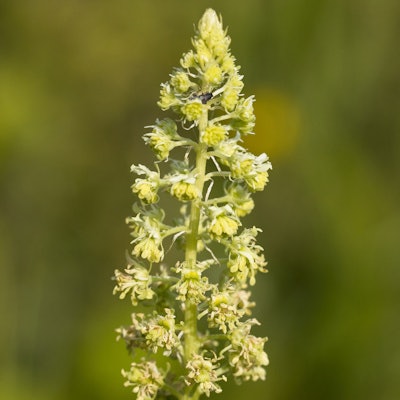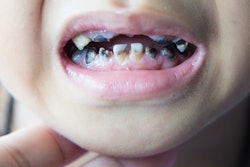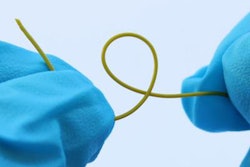
A natural plant compound with anticancer properties may one day help treat periodontal disease, according to a study published on October 26 in BMC Oral Health. The authors explored the ways the compound, known as luteolin, could boost oral health.
Researchers from China tested the effects of luteolin on extracted human periodontal ligament cells (HPDLCs). The agent improved the cells' osteogenic properties, which could pave the way for new periodontal therapies.
Luteolin "promoted cell viability, [alkaline phosphatase] activity, and increased calcified nodules content in HPDLCs," wrote the authors, led by He Quan and Xiaopeng Dai from the Yantai Stomatological Hospital. "1 µmol/L luteolin ... could be clinically applied to treat periodontal disease."
“Luteolin ... could be clinically applied to treat periodontal disease.”
Luteolin is a natural flavonoid most commonly found in the leaves, branches, and stems of Reseda luteola, a flowering yellow weed, as well as in celery, cabbage, and other types of fruits and vegetables. Clinical trials have found the compound has promising anticancer and anti-inflammatory properties, and recent research has suggested luteolin may also boost the healing properties of periodontal ligament cells.
To test luteolin's effects on periodontal health, the researchers used periodontal ligament cells from healthy human third molars that had been extracted for orthodontic reasons. They added five different concentrations of luteolin to some cell clusters, while leaving other cells incubated with a buffer as a control.
The periodontal ligament cells treated with luteolin showed significantly improved viability after 24, 48, and 72 hours. They also had enhanced cellular activity and protein expressions compared with the control cells. This is important because periodontal ligament cells are crucial for repairing damage from periodontal disease, the authors noted.
"Luteolin at certain concentrations could promote the proliferation and osteogenic differentiation of HPDLCs, increase the expressions of genes related to osteogenic differentiation, and activate the Wnt/β-catenin pathway," they wrote.
The results were most promising for treating the cells with 1 µmol/L of luteolin., and the authors recommended exploring this concentration for future clinical periodontal therapies.
"Noticeably, 1 µmol/L of luteolin had the strongest effect," they concluded. "Therefore, we recommended that luteolin of 1 µmol/L could be served as an optimal concentration to accelerate osteogenic differentiation of HPDLCs via activating the Wnt/β-catenin pathway. Thus, our results contribute to the clinical application of periodontal disease."



















